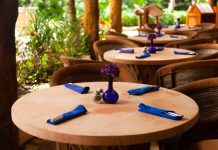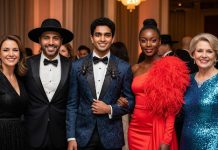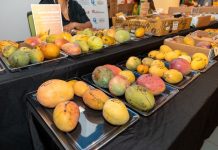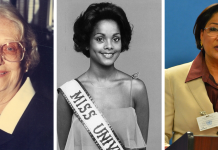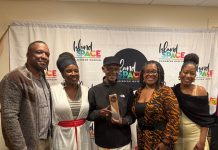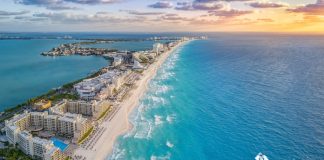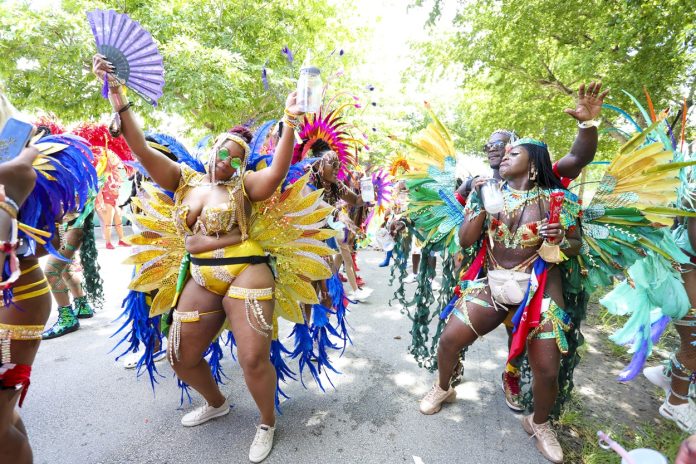
Every year, Miami and Broward transform into a hub of color, music, and culture for the annual Miami Carnival, one of the largest celebrations of Caribbean culture in the United States.
Now in its 40th year, Miami Carnival is planning a bigger and better extravaganza than ever. The event continues to be a community cornerstone, with people traveling from around the world to participate in a celebration of the resilience and creativity of a people who have, for centuries, used music, dance, and art to tell their stories, assert their identity, and build a sense of community.
The Origins of Miami Carnival
Miami Carnival traces its origins back to the traditional Carnival celebrations of the Caribbean, which themselves have roots in European and African customs. The pre-Lenten festivities that began in Trinidad and Tobago and spread throughout the Caribbean are the foundation upon which Miami Carnival is built. These celebrations were originally brought to the Caribbean by French settlers in the 18th century, but over time, they evolved into unique cultural expressions as enslaved Africans incorporated their own music, dance, and masquerade traditions.
The first Miami Carnival was held in 1985, organized by a group of Caribbean immigrants who wanted to bring the vibrant energy of their homelands to their new city. Over the decades, the event has grown in size and scope, attracting tens of thousands of participants and spectators from around the world. Today, Miami Carnival is a week-long celebration that culminates in a grand parade, showcasing the diversity and creativity of the Caribbean diaspora.
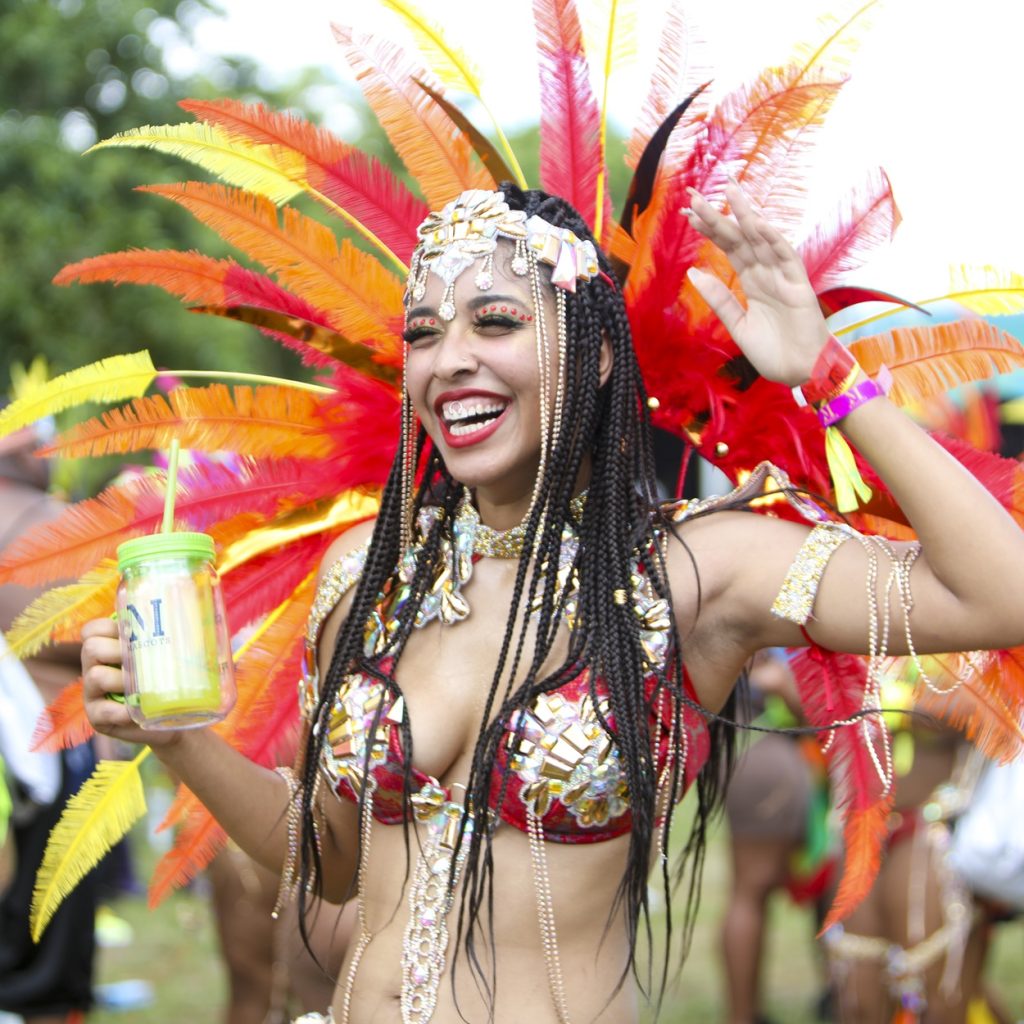
Key Events and Activities
Miami Carnival is more than just a single event. It is a series of activities that highlight different aspects of Caribbean culture. These events provide a platform for both established and emerging Caribbean artists, musicians, and designers to showcase their talents.
Panorama
The festivities kick off with Panorama, a steelpan competition that originated in Trinidad and Tobago in the early 1960s. The steelpan, an instrument created in Trinidad by descendants of enslaved Africans, became a symbol of resistance and identity. After the steelpan’s development in the mid-20th century, the Panorama competition was established in 1963 as part of Trinidad and Tobago’s Carnival celebrations. The event highlights the ingenuity of steel bands as they compete with complex musical arrangements.
Today, steelpan orchestras head to Broward County Regional Park from across the region and the diaspora compete to deliver the most impressive performances that have become synonymous with Carnival.
Junior Carnival
As part of the effort to pass down traditions to younger generations, Miami Carnival includes a Junior Carnival, where children don colorful costumes and take to the streets in their own parade.
This event takes place at Broward County Regional Park on the weekend before the Miami Carnival Road March. The concept of Junior Carnival started gaining popularity in the mid-20th century, particularly in Trinidad and Tobago, where children dress in elaborate costumes, participate in parades, and enjoy the festivities just like adults. This event is not only a fun day for families but also an important cultural experience for Caribbean-American youth, helping them connect with their heritage.
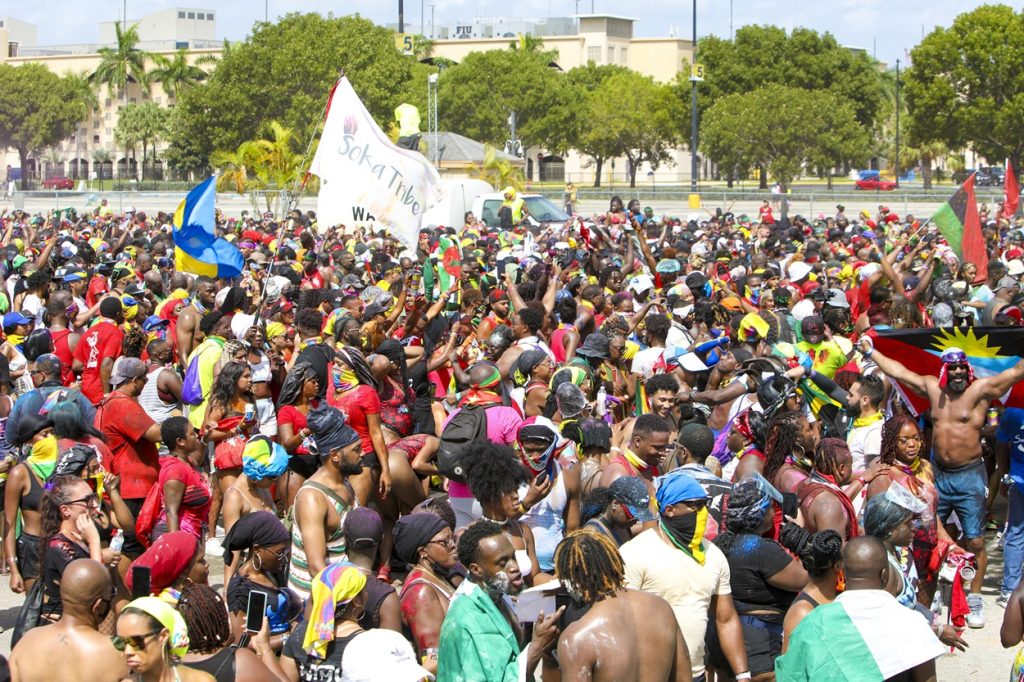
J’ouvert
A highlight of the Carnival season, J’ouvert is a pre-dawn celebration that marks the official start of the main Carnival day. J’ouvert, derived from the French term “jour ouvert,” meaning “daybreak,” marks the official start of Carnival in many Caribbean islands. Its origins trace back to the 18th and 19th centuries, during the period of slavery and the French colonial rule. Enslaved Africans would hold their own celebrations in the early hours before the elite’s masquerade balls, often using paint, mud, and oil to mask their identities as they mocked and parodied the upper class.
Now, on the day before Miami Carnival each year, you can find revelers covered in paint and mud dancing in the streets in the early morning around the rodeway at the Broward County Regional Park.
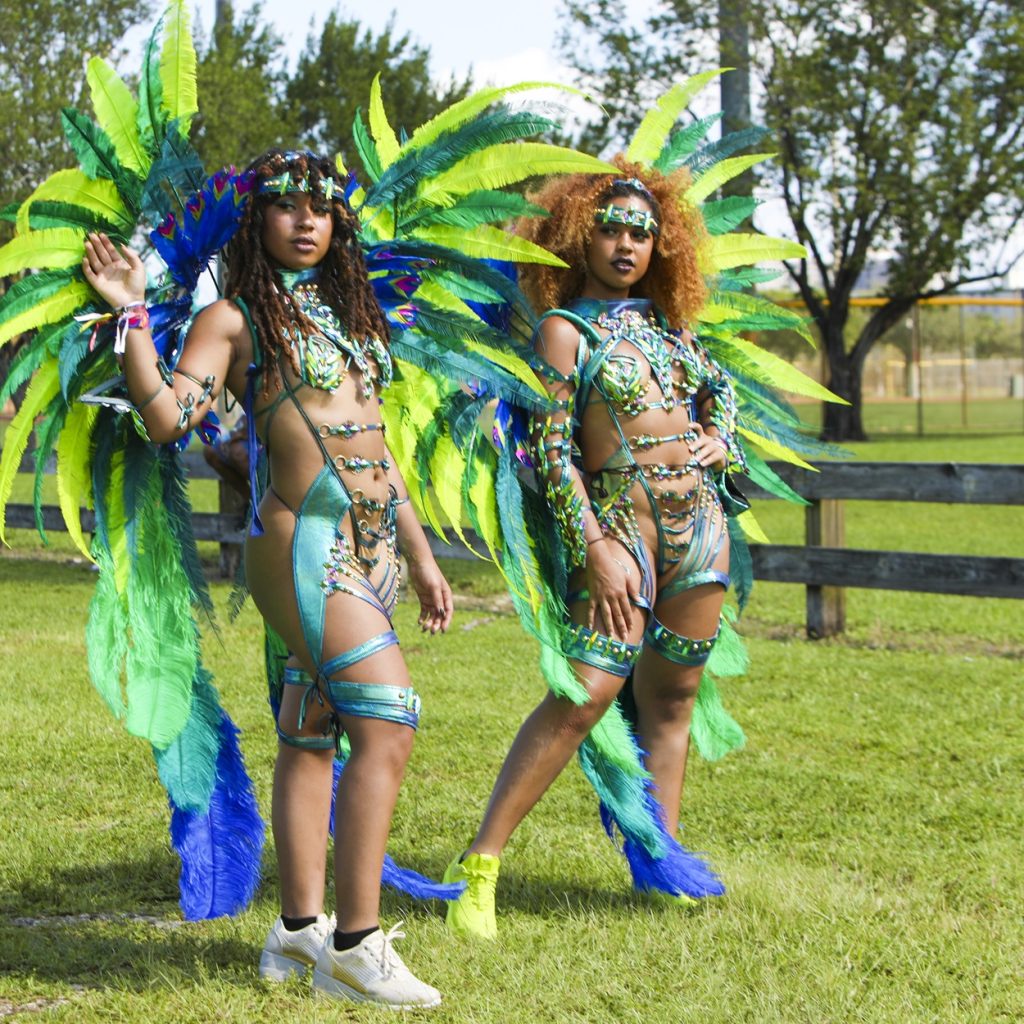
Mas Bands Parade
The Mas Bands Parade, or Mas (short for Masquerade), is the centerpiece of Miami Carnival. Its origins lie in the traditions of the enslaved Africans brought to the Caribbean, who incorporated elements of their cultural heritage, such as masquerade, music, and dance, into their Carnival celebrations. Over time, these traditions blended with European customs, particularly the masquerade balls of the French and Spanish colonizers.
By the 19th century, the modern Mas Bands Parade began to take shape, where participants don elaborate, thematic costumes and parade through the streets. Each “band” represents a group of people in coordinated costumes, often competing for various titles based on creativity, execution, and thematic presentation. Today, Mas is a symbol of freedom, creativity, and cultural pride. And the costumes, often months in the making, are a dazzling display of artistry, featuring vibrant colors, feathers, beads and sequins.
Every year, each mas band embraces a theme that resonates with the collective experiences and aspirations of the Caribbean people. With more than 20 bands featuring themes like “The Sounds of Music” to “Ravenous” and “Night at the Louvre” there are so many costumes to explore.
Carnival Village
At the heart of Miami Carnival is the Carnival Village, where attendees can immerse themselves in Caribbean culture. The village features food vendors offering traditional Caribbean dishes, arts and crafts stalls, and live performances by Caribbean artists.
As Miami Carnival continues to grow and evolve, it remains a vital link between the Caribbean and its diaspora. Whether you are a longtime participant or a newcomer, Miami Carnival offers a unique and unforgettable experience that celebrates the very best of the Caribbean.







